The External Relations of the European Union
Extraits

Histoire de France
The External Relations of the European Union
12/1987

Sciences politiques
The European Union Transformed. Community Method and Institutional Evolution from the Schuman Plan to the Constitution for Europe
11/1999
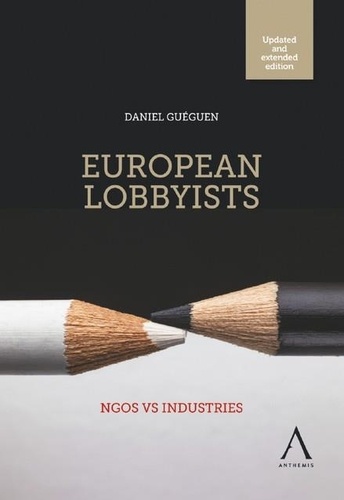
Droit européen des affaires
Lobbyst. Revelations from the EU Labyrinth, 2e édition
12/2023

Histoire et Philosophiesophie
The Undergrowth of Science. Delusion, self-deception and human frailty
01/2000

Sciences politiques
Politique européenne N° 71/2021 : Le Parlement européen et la politique de la mémoire. Explorer la constellation des acteurs
07/2021
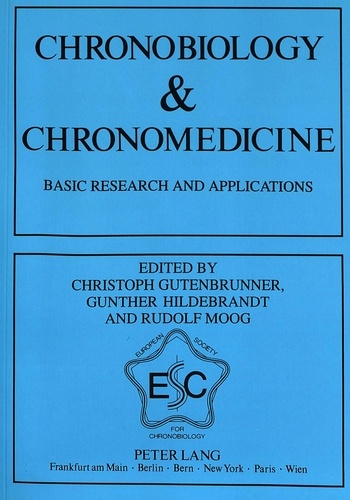
Non classé
Chronobiology & Chronomedicine
05/1993

Sciences politiques
The Structure of Political Communication in the United Kingdom, the United States and the Federal Republic of Germany
11/1987

Non classé
The Church of Constantinople in the Nineteenth Century
02/2013

Sciences politiques
European Union Foreign Policy and the Global Climate Regime
03/1993
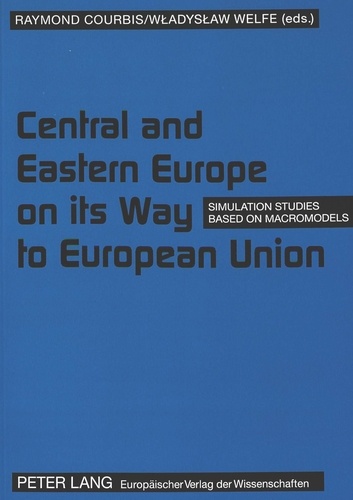
Non classé
Central and Eastern Europe on its way to European Union
11/1999
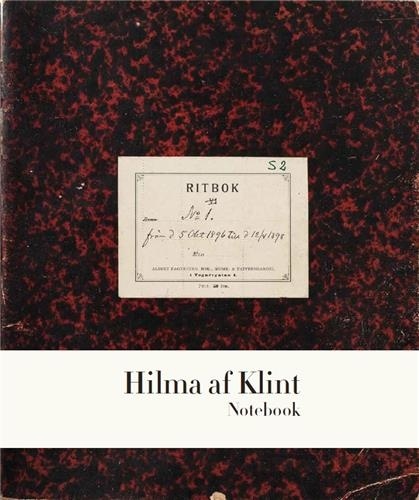
Monographies
Hilma af Klint. The Five Notebook 1
01/2022

Lecture 6-9 ans
L'énigme du sabre. Edition bilingue français-anglais
06/2018
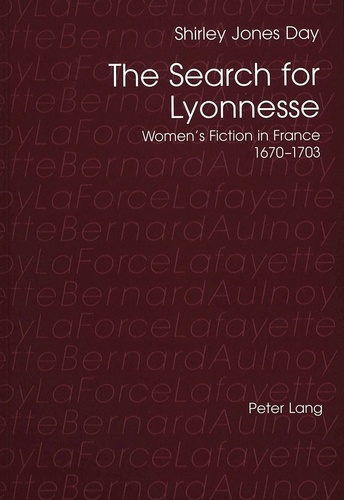
Non classé
The Search for Lyonnesse
07/1999
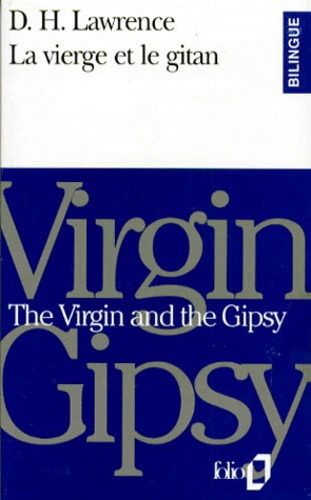
Anglais apprentissage
LA VIERGE ET LE GITAN : THE VIRGIN AND THE GIPSY
02/1993
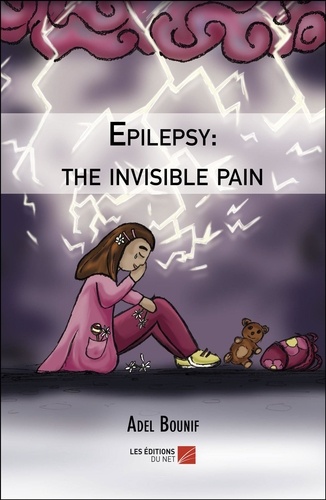
Poésie
Epilepsy: the invisible pain
01/2019
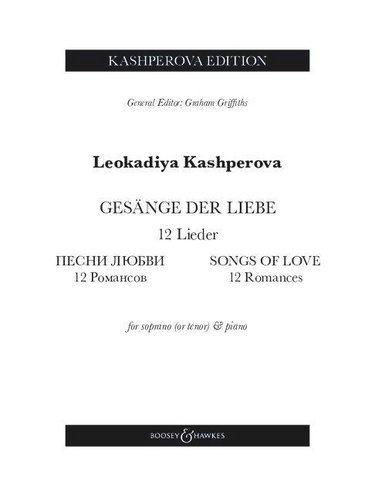
Musique classique
Songs of Love. 12 Romances. 12 Lieder. Soprano (tenor) and piano.
12/2023

Religion jeunesse
The beautiful dolls of Julia are getting married. Numéro 22
10/2018

Religion jeunesse
The beautiful dolls of Julia are celebrating the assumption of the blessed virgin Mary. Numéro 15
05/2019
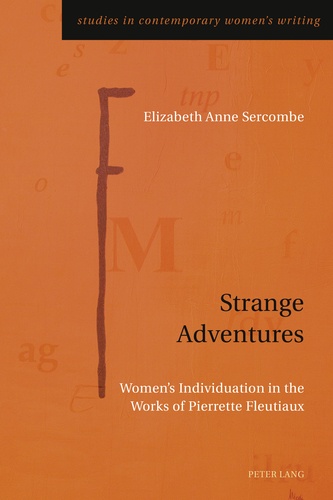
Histoire internationale
Strange Adventures
03/2016

Non classé
The Concept of Man in Igbo Myths
11/1999

Philosophie
«Phädon», or «On the Immortality of the Soul»
12/2006

Beaux arts
New worlds
10/2012

Histoire et Philosophiesophie
Thinking about Physics
01/2000
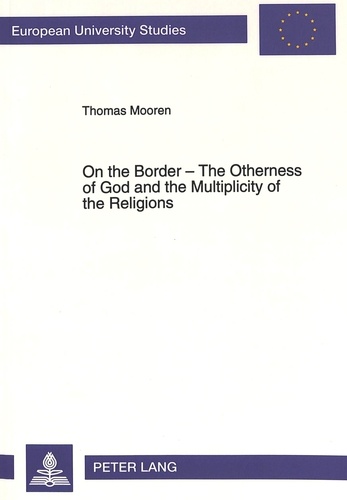
Histoire internationale
On the Border - The Otherness of God and the Multiplicity of the Religions
01/1994

Policiers
Goebius' Strange Model
01/2020

Littérature française
Les inventeurs. Essai
02/2017

Philosophie
The Recovery of Purpose
08/1993

Tourisme étranger
Moroccan tracks Volume 11. The sagho djebel
08/2022
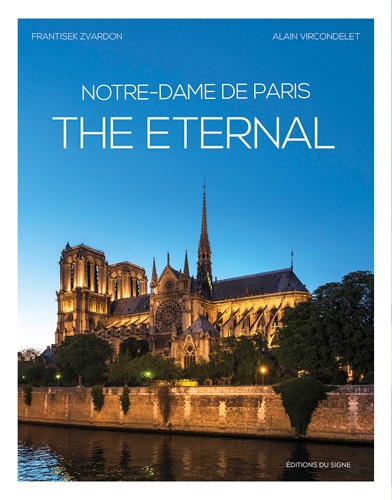
Beaux arts
Notre-Dame de Paris. The Eternal
09/2019
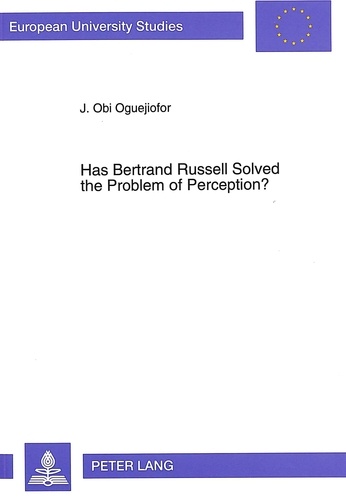
Non classé
Has Bertrand Russell Solved the Problem of Perception?
05/1994

